
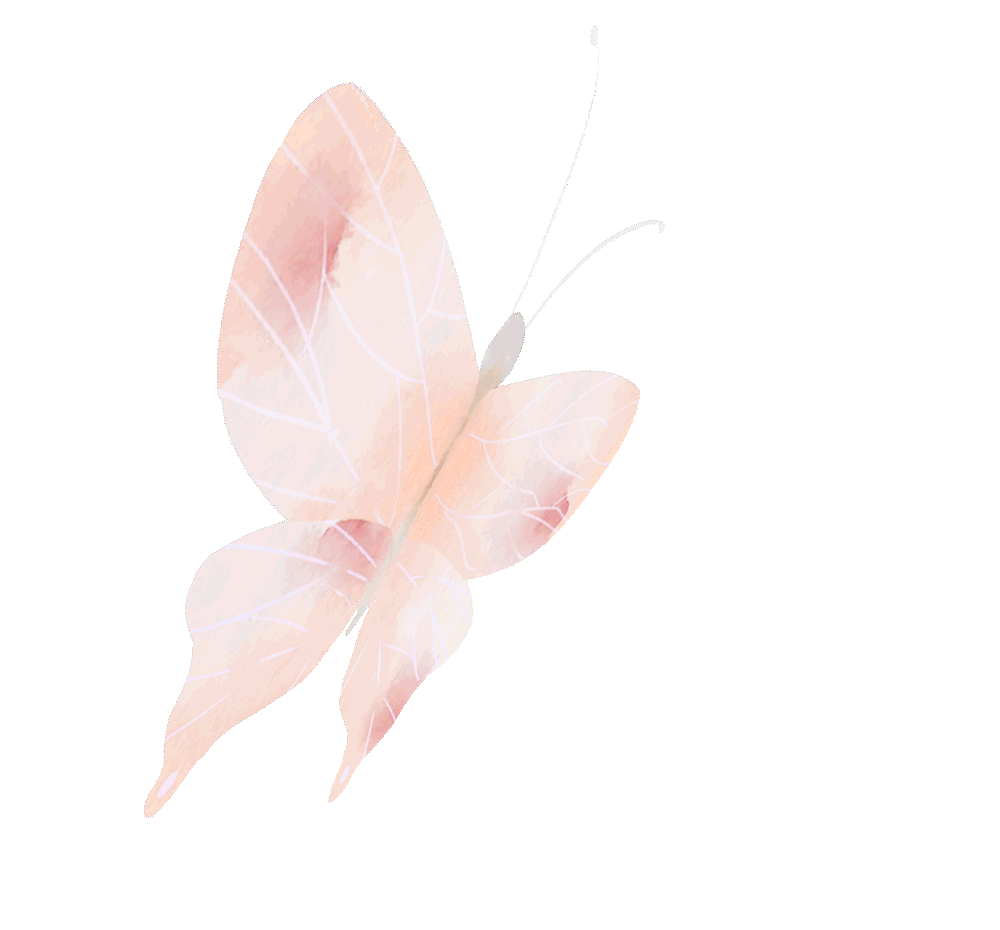

Sha Yuan Zi (Semen Astragali)
Bai He (Lily Bulb)
Fu Ling (Poria)
Qi Ye Yi Zhi Hua (Seven Leaf One Branch Flower)
Shi Jun Zi (Quisqualis)
Bai Tou Weng (Pulsatilla)
Lu Gen (Reed Rhizome)
Jie Geng (Platycodon)
Mai Dong (Ophiopogon)
Ce Bai Ye (Platycladus)
Nü Zhen Zi (Ligustrum)
Wu Zhu Yu (Evodia)
Kuan Dong Hua (Coltsfoot Flower)
When it comes to the names of Chinese medicinal herbs, do many unique and elegant names flash through your mind?
This issue, we have compiled some beautiful names of Chinese medicinal herbs for you. Let’s take a look at their effects and the interesting stories behind them!
01
Kuan Dong Hua (Coltsfoot Flower)
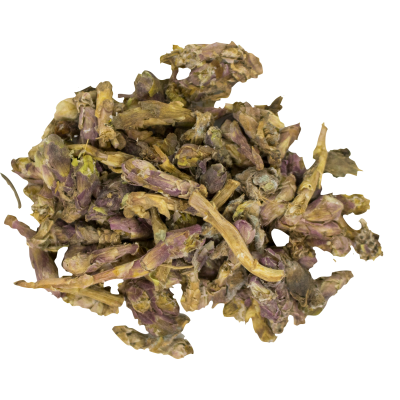
Properties:
Flavor: Spicy, slightly bitter; Nature: Warm; Meridians: Lung.
Functions:
Moistens the lungs, descends qi, stops cough, and resolves phlegm.
Story:
In ancient times, Kuan Dong Hua was known as Ke Dong. In the book “Shui Jing Zhu” by Li Daoyuan of the Northern Wei Dynasty, it is mentioned that “When the Luo River freezes at the end of the year, Kuan Dong Hua grows amidst the ice, hence the name.” It blooms at the end of the year, during the coldest days, earning it the nickname “Nine Nine Flower.” Kuan Dong Hua is a perennial herb of the Asteraceae family, with bright yellow flowers blooming before the leaves in winter.
Famous Tang poet Zhang Ji was poor and sickly, later becoming blind due to an eye disease. He and his friend Jia Dao met in a temple in Chang’an, where they saw blooming Kuan Dong Hua. They discussed the flower, and Zhang Ji, appreciating its beauty, also thought of its medicinal properties for treating coughs. It is speculated that he used Kuan Dong Hua to treat his own cough.
Additionally, Kuan Dong Hua is recorded in the “Shen Nong Ben Cao Jing” as a good medicine for moistening the lungs and resolving phlegm.
02
Qi Ye Yi Zhi Hua (Seven Leaf One Branch Flower)

Properties:
Flavor: Bitter; Nature: Cold; Meridians: Liver.
Functions:
Clears heat, detoxifies, reduces swelling, and alleviates pain.
Story:
Long ago, in a small mountain village, there lived an elderly couple with seven sons and one daughter. Although not wealthy, they lived happily together. One year, a large python appeared in the village, often eating chickens, ducks, and even people. The sons decided to fight the python but tragically all seven perished. Later, the daughter avenged her brothers by training in martial arts and fought the python, but she too was swallowed. However, the python was hurt by her embroidered clothes and eventually died. The couple, mourning their lost children, found a plant with seven leaves and a yellow-green flower growing at the site of the python’s demise. They used it to treat snake bites, and it became known as Qi Ye Yi Zhi Hua to commemorate the siblings who sacrificed themselves.
03
Liu Ji Nu (Liu’s Herb)
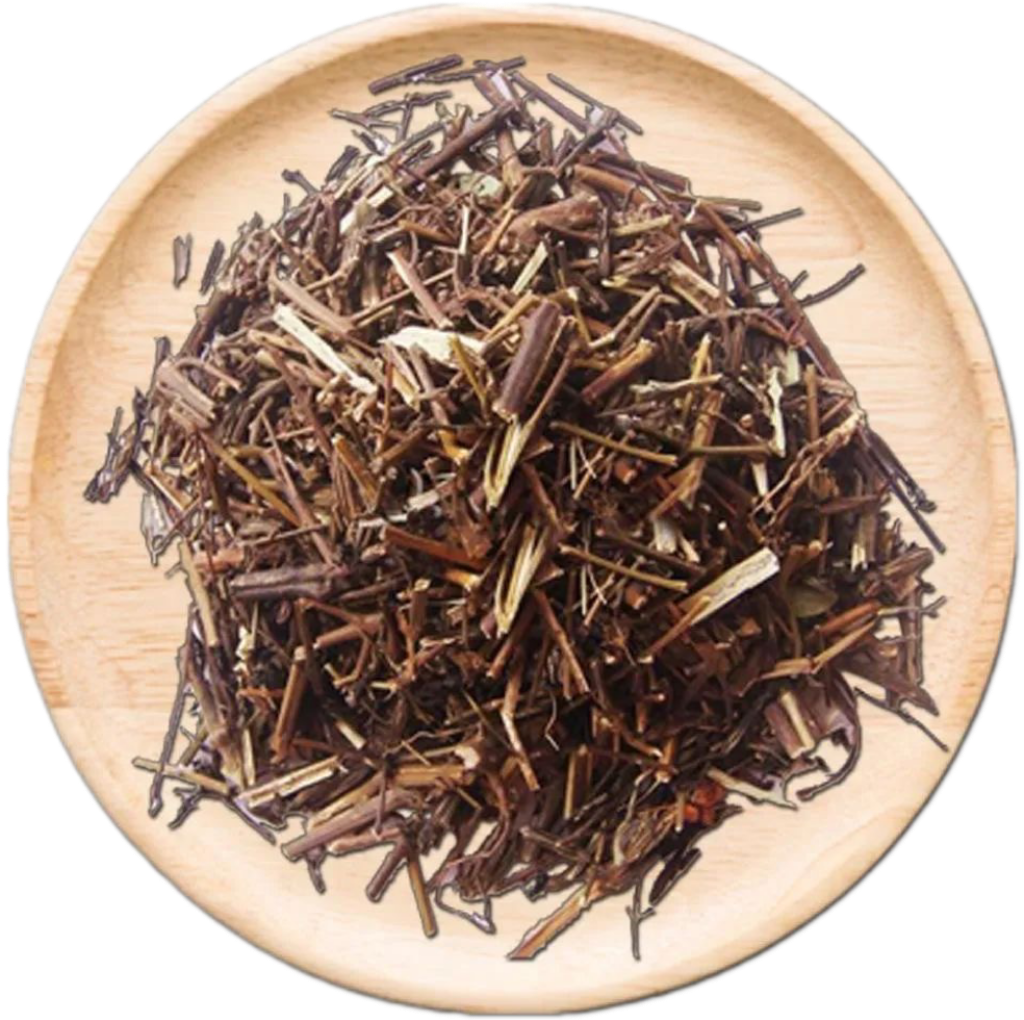
Properties:
Flavor: Bitter; Nature: Warm; Meridians: Heart, Spleen.
Functions:
Breaks blood, promotes circulation, and reduces swelling.
Story:
According to the “Nan Shi” by historian Li Yanshou, “Song Gaozu Liu Yu, nicknamed Ji Nu, once shot a large snake while gathering reeds.” The next day, he heard children grinding medicine in the woods. They were treating the snake he shot. Liu Ji Nu took the medicine and used it for his wounds in battle, which healed quickly. Over time, this herb became known as Liu Ji Nu.
04
Chuan Xiong (Ligusticum)
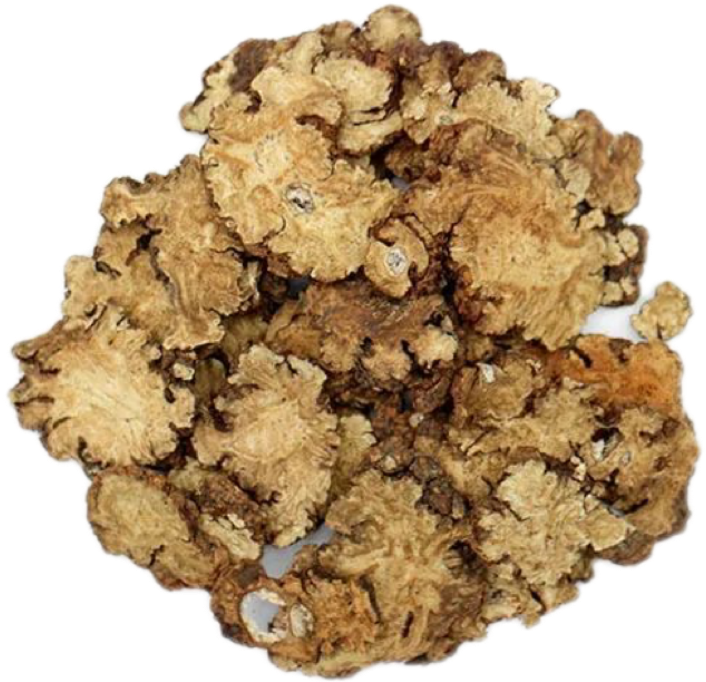
Properties:
Flavor: Spicy; Nature: Warm; Meridians: Liver, Gallbladder, Pericardium.
Functions:
Invigorates blood, promotes qi, dispels wind, and alleviates pain.
Story:
In the early Tang Dynasty, the herbalist Sun Simiao traveled to Qingcheng Mountain in Sichuan to gather herbs. One day, he saw a large female crane in distress. The next morning, he found leaves that looked like carrot leaves falling from the crane’s beak. He collected them, and later discovered they had medicinal properties for invigorating blood and promoting circulation. He named it Chuan Xiong.
05
Lai Fu Zi (Radish Seed)
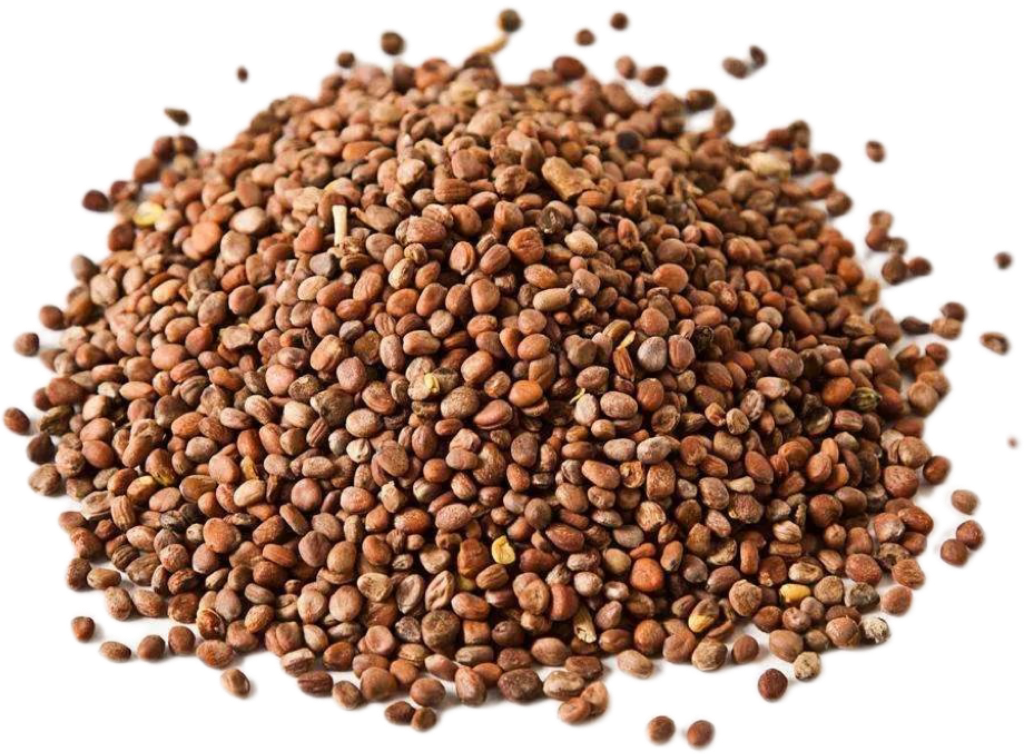
Properties:
Flavor: Spicy, Sweet; Nature: Neutral; Meridians: Lung, Spleen, Stomach.
Functions:
Reduces food stagnation, alleviates bloating, and descends qi to resolve phlegm.
Story:
During the Qing Dynasty, a wealthy young man named Yang was indulging in pleasures. After being scolded by his father for spending money on prostitutes, he fell ill. A famous doctor, Ye Tianshi, diagnosed him and prescribed common herbs, including Lai Fu Zi, which cured him quickly. Ye Tianshi humorously remarked that the expensive ginseng he had taken nearly cost him his life, while the simple radish seed saved him.
All herbs have their properties: cold, hot, warm, cool, spicy, sour, sweet, bitter, salty. Each has its own role in healing.
These names of Chinese medicinal herbs are meant to enlighten you.

/Previous Selections/
In the Month of Mengchun, Virtue Flourishes in Wood
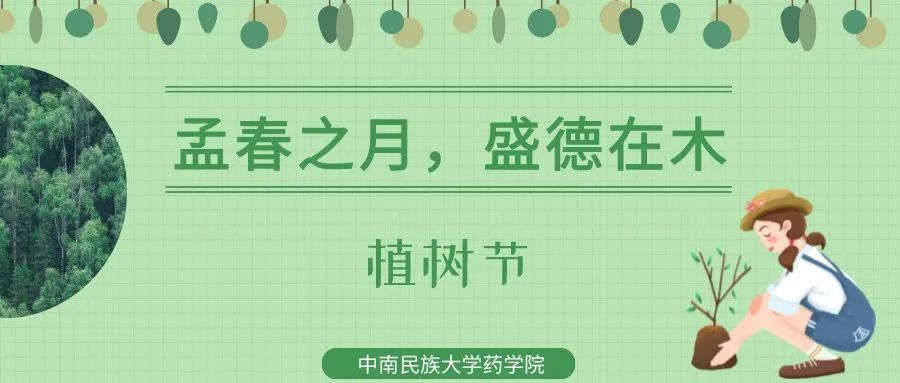
Youth Learning | “The Future Belongs to Youth, Hope is Placed on Youth.” (Includes last session’s completion status of each group)

Editor | Zhong Yuling
Review | Du Jiahao, Song Kaiqi
Pharmacy School “Yao Yan” Media Center


